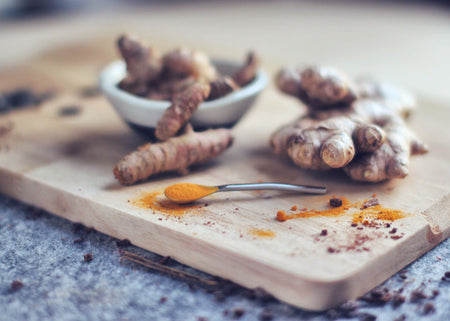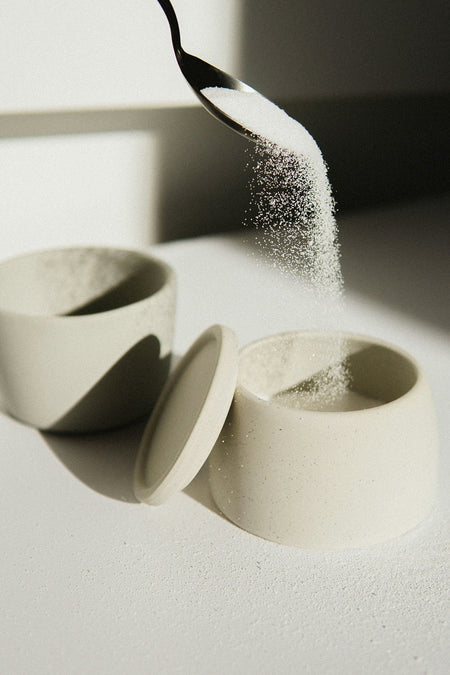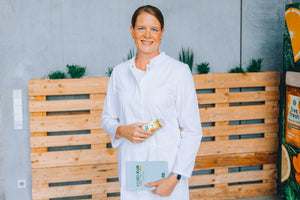Jeder, der schon einmal Bananen gekauft hat kennt dieses Phänomen: Anfangs teilweise noch grün und unreif, können sich aus ihnen in wenigen Tagen süße und geschmackvolle Energielieferanten entwickeln. Doch woran liegt diese Veränderung? Und bringt eine Wandlung des Aussehens auch eine prinzipielle Variierung der Inhaltsstoffe mit sich? Das und mehr erfahrt ihr in dieser Ausgabe des LiveFresh Blogs.
The maturing process
During the ripening process of fruit, the composition of the ingredients changes depending on the degree of ripeness. While unripe fruit still contains a lot of starch and gradually breaks down, the proportion of sugars such as glucose (grape sugar) and fructose increases as the ripening process progresses. In addition, the breakdown of tannins during the ripening process makes fruit tastier as it becomes sweeter.
In addition, secondary plant substances are formed towards the end of the ripening process, which leads to changes in the color of the fruit. The vitamin content is highest in ripe fruit and fiber changes during the ripening process, making the fruit softer and therefore more pleasant to eat.
Ethylene - plant hormone with great influence
Basically, fruit can be divided into two groups: post-ripening and non-post-ripening fruit. The type of fruit depends on the plant hormone ethylene. This organic compound is produced by post-ripening fruit, which influences its own ripening and ageing processes. However, as ethylene is also released from the fruit into the environment, this also has an effect on other plants in the vicinity. This can also influence the development of non-ripening fruit, for example.
Non-ripening fruit - the time of harvest is crucial
Ripening fruit varieties include apples, pears, apricots, plums, bananas, mangoes, avocados and kiwis. Berries and citrus fruits, on the other hand, do not ripen. They undergo a faster ageing process due to the release of ethylene from the ripening fruit into the environment, which ultimately has a negative impact on quality.
The riper the fruit, the healthier it is
Fruit that does not ripen should only be harvested when it has actually ripened on the plant. Otherwise, this not only has a negative effect on the taste, but also on the fruit's ingredients.
Colorful fruit bowls are beautiful - but not always recommended
As mentioned above, overripe fruit can affect the quality of non-overripe fruit. Care should therefore be taken when storing them together. Apples or bananas, for example, can be real fruit spoilers due to their strong secretion of ethylene and can accelerate the ripening process or trigger wilting processes in both non-ripening fruit and specimens of their own species.
However, this effect can also be put to good use. Apples, for example, can accelerate the ripening process if they are added to unripe fruit varieties, turning sour produce into juicy fruit.
Conclusion: If you do not want to deliberately trigger a ripening process in your fruit bowl at home, you should not store overripe fruit together with unripe fruit.








